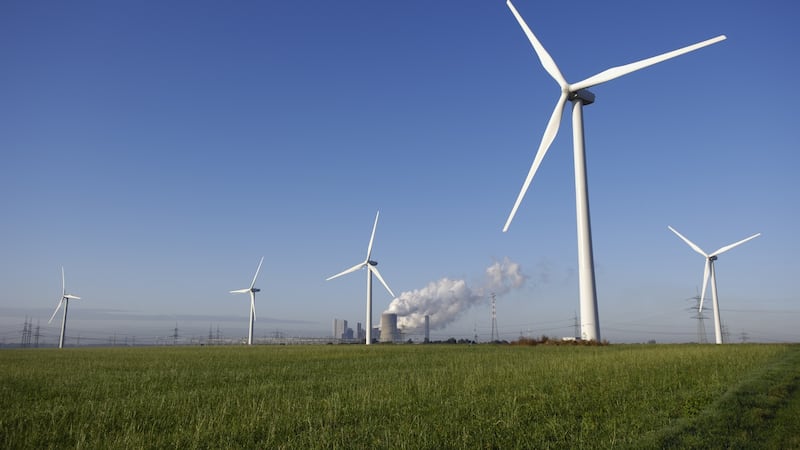The new carbon budget framework, which the Oireachtas will vote on this spring, provides an unprecedented opportunity for public accountability. What can we do in 2022 to make sure the Government keeps its climate action promises?
Last year was touted as the year the Irish Government finally took climate action seriously. Along with a much-needed new Climate Act, we now have five-year budgets, proposed by the Climate Change Advisory Council, for greenhouse gas (GHG) emissions in Irish territory.
Every year, Ministers will report on their department’s actual performance compared to defined sectoral limits, and outline their policy measures to address underperformance. This new accounting and reporting framework means that the public will be able to scrutinise exactly how a Minister is proposing to reduce emissions in their sector, and crucially, if they are meeting their targets. Here’s what we need to look out for once the process formally begins.

First, follow the data. The endgame here is national GHG emissions, recorded via a process that is driven by Ireland’s commitments at EU and UN Framework Convention on Climate Change level.
Every year the Environmental Protection Agency (EPA) produces two national data reports, to be next issued in March/April 2022. The first, the GHG Inventory report, will present emissions in total and by sector for the year to December 31st, 2020. The second, the GHG Projections report, will show projected emissions from 2021 to 2040, based on existing policies and quantifiable additional measures the Government has proposed to take. This detailed EPA reporting is essential, but its complexity inevitably means that policy responses and political accountability is delayed by one to two years. For example, we will not have an inventory report on 2021 emissions until March/April 2023.

Five-year carbon budgeting adds a new and necessary level of urgency to this process. If a sector is off track in meeting its carbon budgets, the Minister in charge will need to know quickly in order to implement a rapid policy response. We see the perfect illustration of timely data analysis and policy course correction is in the daily monitoring of Covid data, National Public Health Emergency Team consultation and Government responses.
The climate emergency demands similar urgency. However, reports that the Climate Action Delivery Board of departmental heads – which holds each department and public body accountable for delivering the actions set out in the Climate Action Plan – met only once over the last two years, do not inspire confidence.

The second step is to monitor policy responses. The new Climate Act requires the Government to publish an annual Climate Action Plan, with the most recent released in November 2021. In a sense this 2021 plan is a placeholder. Sectoral ranges for emissions reductions, which have been the subject of heated debate, are broad. The actual sectoral budgets, including detailed emission pathways and the policies to be put in place to meet them, will not be finalised until the second quarter of this year. Therefore, we can expect a bumper edition of the Climate Action Plan in November 2022 or, ideally, earlier.
Making this reporting public would make any delay in policy response rapidly apparent, facilitating the public accountability we need
Here again, however, timing is a challenge. We need to know how effective the proposed measures in the plan are actually expected to be at reducing emissions. However, the complexity of current data categories and the broad nature of some of the measures is such that it is hugely challenging to incorporate policies from a Climate Action Plan from November into a projections report in April (or indeed the EU reporting deadline of March 15th).
A simpler and faster framework of data monitoring and policy course correction is urgently needed to meet carbon budgets. The primary drivers of key GHG emissions are the tonnage of: fossil fuel carbon burned (for heat, transport, and electricity); inputs of nitrogen, in fertiliser and feeds to agriculture; and land carbon losses from forest harvest.

Monthly data reporting for these quantities, regularly compared to the sectoral pathways for the five-year sectoral carbon budgets, would provide policymakers and departmental officials with near real-time indicators for rapid course correction. Even better, making this reporting public would make any delay in policy response rapidly apparent, facilitating the public accountability we need to make sure the Government keeps its promises.
Ultimately, the five-year carbon budget framework will only be useful if there is a timely data reporting cycle with quick-response policy correction, if needed. When it comes to limiting climate change, every year, every week, every hour counts.









